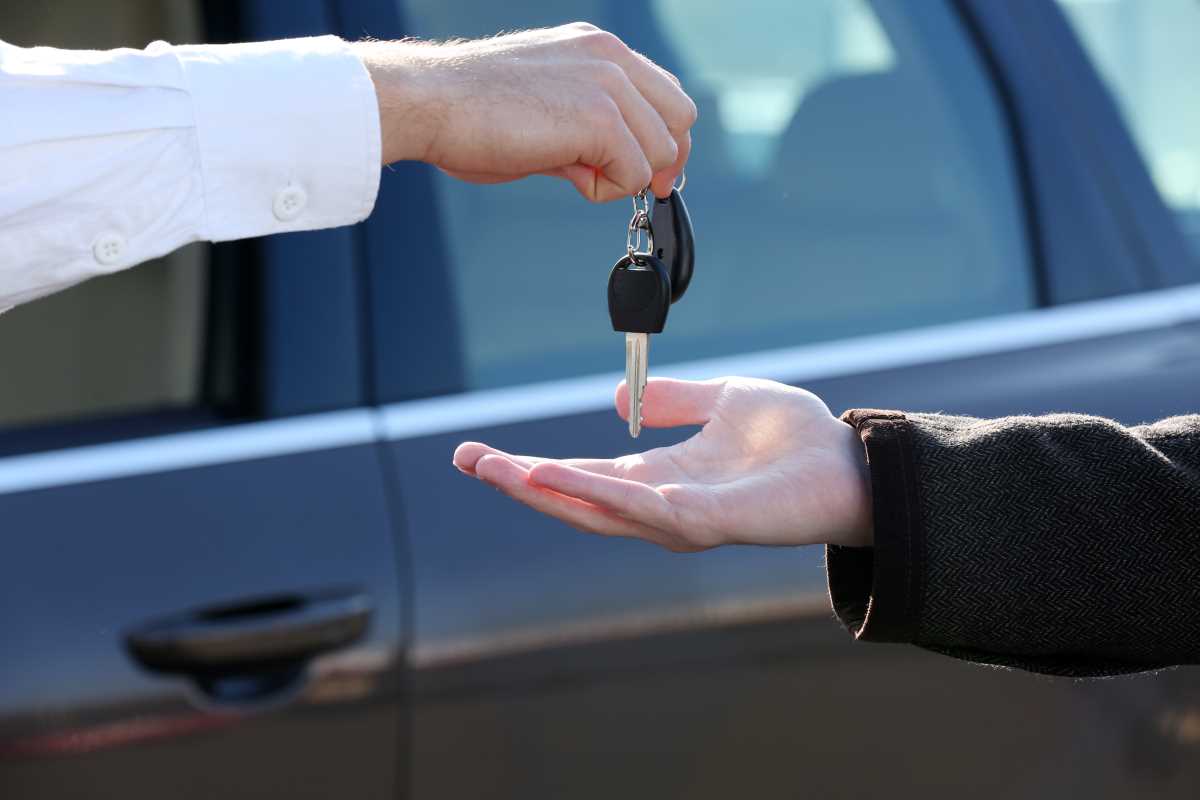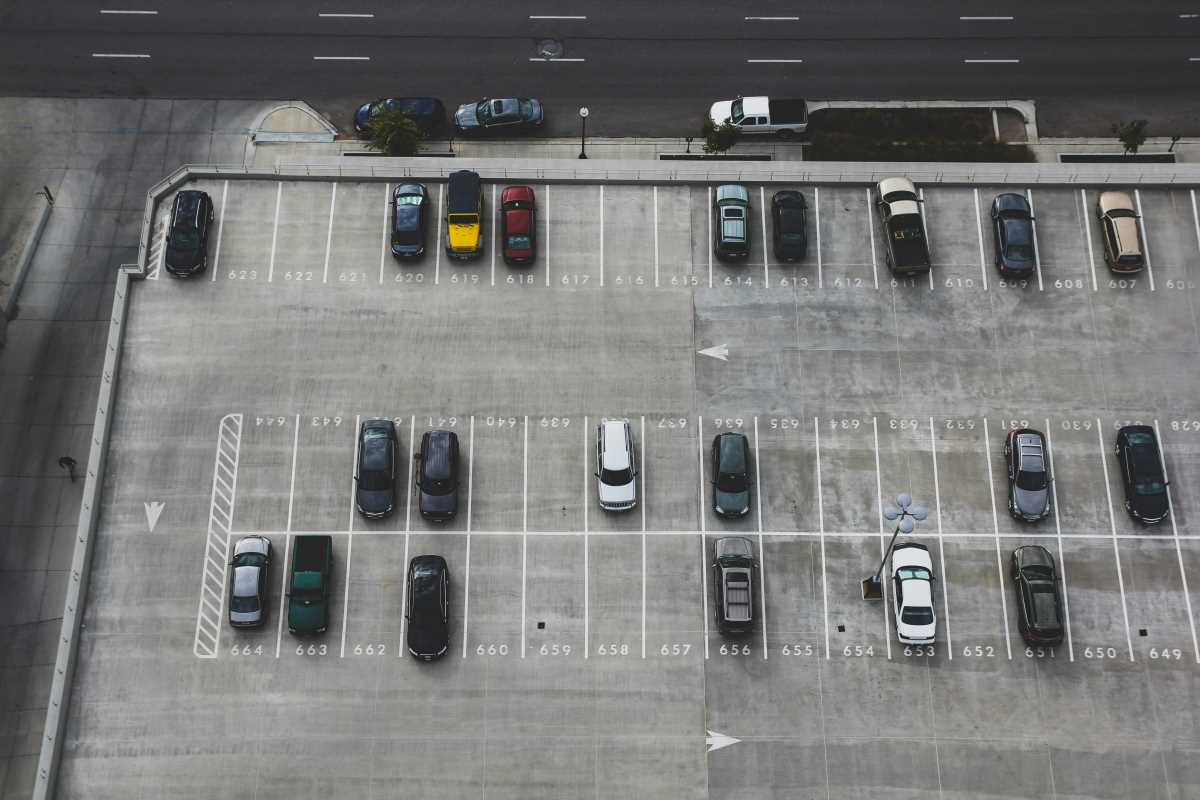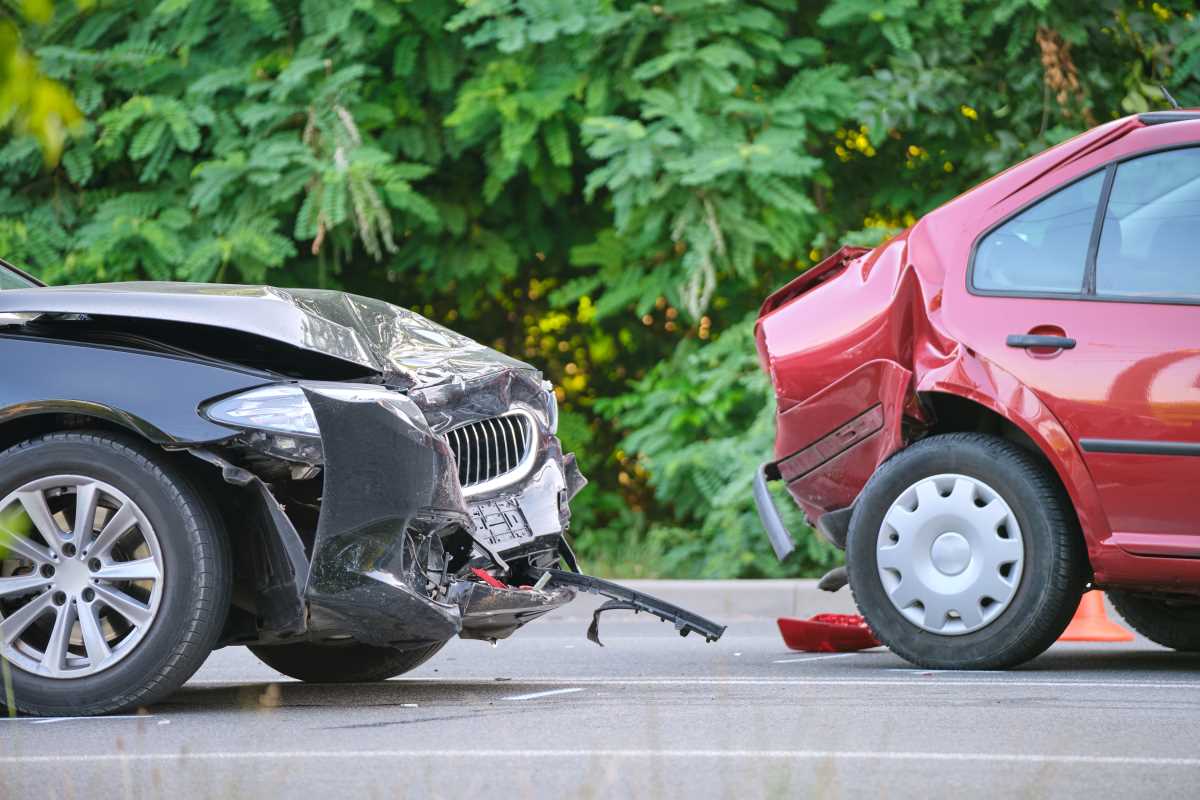If you're paying for car insurance and also have a separate policy for your home or apartment, you might be leaving a significant amount of money on the table. Insurance companies love loyal customers, and one of the biggest rewards they offer is a multi-policy discount, more commonly known as "bundling." The concept is simple: buy two or more policies, like your auto and home insurance, from the same company, and in return, they give you a discount on your premiums. This isn't just a small token of appreciation; bundling can lead to some of the most substantial savings you can find in the insurance world. It’s a strategy that not only cuts down your costs but also simplifies your financial life by putting your key protections all in one place.
How Bundling Works Behind the Scenes
The magic of the bundling discount comes down to simple business sense for the insurance company. When you purchase multiple policies from them, you become a more valuable and "stickier" customer. Insurers know that a client with two or more policies is far less likely to shop around and switch companies at renewal time. This increased customer retention is worth a lot to them, and they are willing to pass some of that value back to you in the form of a discount.
Beyond loyalty, bundling also streamlines things for both you and the insurer. You get the convenience of dealing with a single company, one agent or online portal, and often one combined bill. For the insurer, managing one customer profile instead of two separate ones is more efficient. This shared relationship allows them to get a more complete picture of your risk profile and reward you for trusting them with more of your business.
What Policies You Can Bundle and What It Affects
The most common and impactful bundle is combining your auto insurance with a homeowners policy. However, the savings don't stop there. If you rent, you can bundle your auto insurance with a renters insurance policy, which is an incredibly cost-effective way to protect your personal belongings. Many people find that the discount on their car insurance from adding a renters policy is so large that it almost makes the renters insurance feel free.
You can often add other policies to the bundle for even more savings, such as coverage for a motorcycle, boat, or RV. A personal umbrella policy, which provides extra liability protection above your auto and home limits, is another common addition. The discount is typically applied to both policies, though sometimes one policy (often the auto policy) receives a larger percentage off than the other. The more policies you bring under one roof, the deeper the potential discount becomes.
When Bundling Saves the Most—and When It Doesn’t
Bundling is most powerful in certain situations. Households with multiple vehicles and a high-value home tend to see the biggest discounts because the overall premium is larger to begin with. Families with teen drivers can also benefit significantly. Since adding a new driver to an auto policy can be very expensive, the bundling discount can help offset a large portion of that new cost, making the increase much more manageable.
However, bundling is not a guaranteed win. Sometimes, the math just doesn't work out. You might find that one company offers an exceptionally cheap auto rate but has very expensive homeowners insurance. In that case, the cost of their bundled package could be higher than buying two separate policies from two different, more specialized companies. This is often true for drivers with a spotty record or homeowners with unique risks. The only way to know for sure is to compare both bundled and standalone quotes.
Coverage Fit Matters More Than the Discount
The lure of a big discount can be tempting, but it should never come at the expense of proper coverage. The cheapest bundled policy is worthless if it leaves you underinsured after a major claim. Before you switch companies for a bundling deal, make sure the new policies offer the protection you actually need. Your auto policy should have high liability limits to protect your assets, not just the state minimums.
For your home policy, verify that the dwelling coverage is sufficient to completely rebuild your house and that your personal property coverage is set at replacement cost, not actual cash value. Check the deductibles for each policy to ensure they are at a level you can comfortably afford. Don't forget important endorsements, like OEM parts coverage for your car or sewer backup protection for your home. A great bundle provides both savings and peace of mind.
Smart Quote Strategy to Maximize Savings
To ensure you're getting the best possible deal, you need to shop strategically. The first step is to get both standalone and bundled quotes from at least three to five different insurance companies. When getting quotes, make sure you are using the exact same coverage limits and deductibles for an apples-to-apples comparison. This is the only way to know if a bundle is truly cheaper than separate policies.
Don't be afraid to experiment. Ask for quotes with different deductible levels to see how it impacts the total bundled price. Inquire about other discounts that can be stacked on top of the bundling discount, such as those for paying in full or being a longtime customer. Be aware of your renewal cycles. The best time to shop is a few weeks before your current policies expire, giving you plenty of time to make a switch without any lapse in coverage.
Avoid Common Pitfalls
While bundling is often a great move, there are a few common traps to avoid. The most dangerous is reducing your necessary coverage just to get a lower price. Never compromise on liability limits or dwelling coverage to chase a few extra dollars in savings. Also, be mindful of mismatched deductibles. You might want a high deductible on your auto policy but a lower one on your home policy; make sure the insurer can accommodate that.
Look out for hidden fees or confusing billing practices that might make a seemingly good deal less attractive. If you decide to switch, understand the cancellation rules of your old policies. Some companies may charge a penalty for canceling mid-term. Finally, if you have a mortgage or an auto loan, you will need to provide your lender with proof of your new insurance policy to ensure there are no issues.
Life Events That Should Trigger a Re-Bundle Check
Your insurance needs are not static; they change as your life evolves. Certain life events should always be a trigger to re-evaluate your insurance and see if a new bundle makes more sense. Moving to a new home is a perfect time to shop, as your rates for both auto and home insurance will change based on your new location. Getting married often results in lower auto rates and is a great opportunity to combine policies for a multi-policy discount.
Adding a teen driver to your auto policy is another critical moment to shop around for a better bundle. Buying a new car or selling your home, undertaking a major renovation that increases your home's value, or installing a new security system are all events that change your risk profile. Each of these moments is an opportunity to contact multiple insurers and find out who can offer you the best combination of price and protection for your new circumstances.







